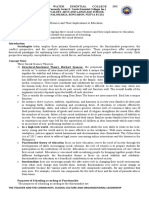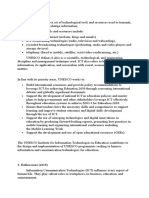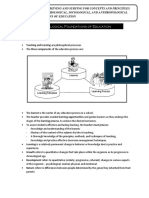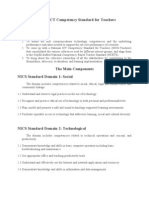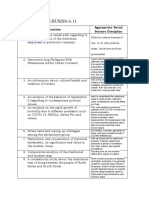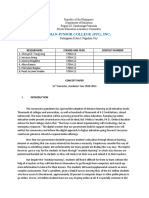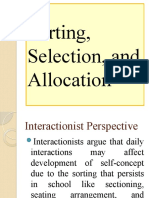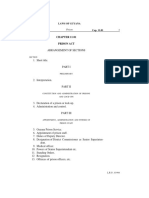0% found this document useful (0 votes)
474 views13 pagesSocial Science Theories
The document summarizes three social theories:
1. Structural-functional theory views society as a system of interconnected parts that must work together for stability. It compares society to the human body with different interrelated parts performing functions.
2. Conflict theory sees potential conflict between any unequal groups in society. It views education as maintaining power structures and creating a docile workforce rather than a social benefit.
3. Symbolic interactionist theory holds that people's actions depend on the meanings they attach to symbols, which can change as people interact. It focuses on how people interact through symbols and their subjective interpretations of them.
Uploaded by
fernandez ararCopyright
© © All Rights Reserved
We take content rights seriously. If you suspect this is your content, claim it here.
Available Formats
Download as PPTX, PDF, TXT or read online on Scribd
0% found this document useful (0 votes)
474 views13 pagesSocial Science Theories
The document summarizes three social theories:
1. Structural-functional theory views society as a system of interconnected parts that must work together for stability. It compares society to the human body with different interrelated parts performing functions.
2. Conflict theory sees potential conflict between any unequal groups in society. It views education as maintaining power structures and creating a docile workforce rather than a social benefit.
3. Symbolic interactionist theory holds that people's actions depend on the meanings they attach to symbols, which can change as people interact. It focuses on how people interact through symbols and their subjective interpretations of them.
Uploaded by
fernandez ararCopyright
© © All Rights Reserved
We take content rights seriously. If you suspect this is your content, claim it here.
Available Formats
Download as PPTX, PDF, TXT or read online on Scribd
/ 13
